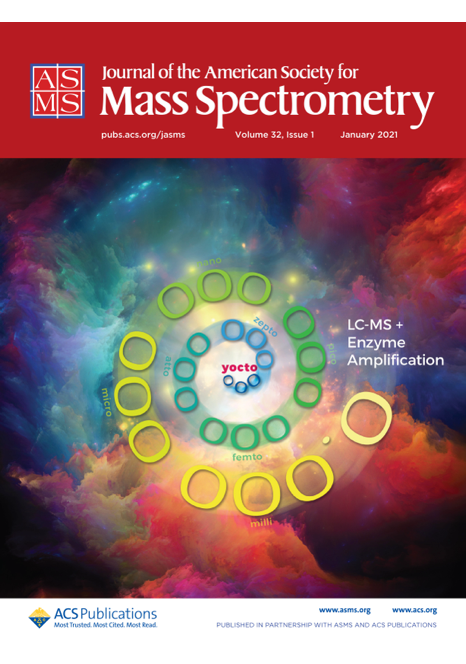Research
The next generation of diagnostics and therapeutics depend on the combination of greater biomolecule detection accuracy and quantification sensitivity. At the Research Analytical Biochemistry Lab (RABL), we develop reliable and ultra-sensitive detection methods for biomolecules, which have wide-ranging applications from disease diagnostics to environmental testing.
Also, we conduct large-scale and systematic comparisons between normal and disease states using powerful computation software, which reveals many important biomolecules as diagnostic and therapeutic targets.
Research Techniques
The Marshall Team uses a variety of methods including:
- Enzymatic
- Biochemical
- Mass spectrometric
- Laser confocal microscopic

Research Interests

ELiMSA® = ELISA + Mass Spectrometry
ELiMSA® (Enzyme-Linked Mass Spectrometric Assay) is the patented combination of the widely-used scientific diagnostic technique ELISA, with the most sensitive and specific hardware known as the mass spectrometer.
The ELiMSA® detection method can reliably identify and quantify any biomolecule (protein, peptide, antibody, DNA or RNA from human blood or tissue samples) to the zeptomole level or below -- which is considered yoctomole range.

LARC (Ligand Affinity Receptor Chromatography)
LARC is a novel technology using micro beads to discover cell surface receptors, coreceptors, and their associated complexes, which are the most important therapeutic targets.
Drugs, mutants and siRNA are used to confirm and validate the significance of the identified targets.

Biomarker Discovery Platform
Our biomarker discovery platform combines sample preparation techniques, mass spectrometry and a data analytic computation system to generate large scale blood peptide and protein databases.
The integration of a large-scale SQL/R database with proprietary separation & fragmentation techniques enables the identification and quantification of low abundant proteins in samples. Conventional technologies and techniques, combined with classical statistics, is reliable and allows for reproducible and confident results.
Select Publications
2024:
2023:
2022:
2021:
2020:
- November 16, 2020Linear and Gaussian Analysis of a Single Enzyme Molecule by LC–MSOpens in New Window
- July 2, 2020The plasma peptides of sepsisOpens in New Window
- April 27, 2020Re-evaluation of the 18 non-human protein standards used to create the empirical statistical model for decoy library searchingOpens in New Window